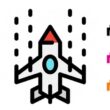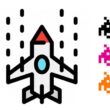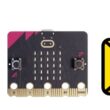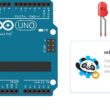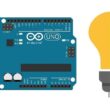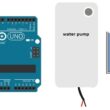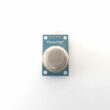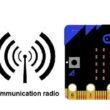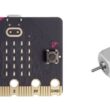Smart agriculture connected to IoT and controlled by ESP32
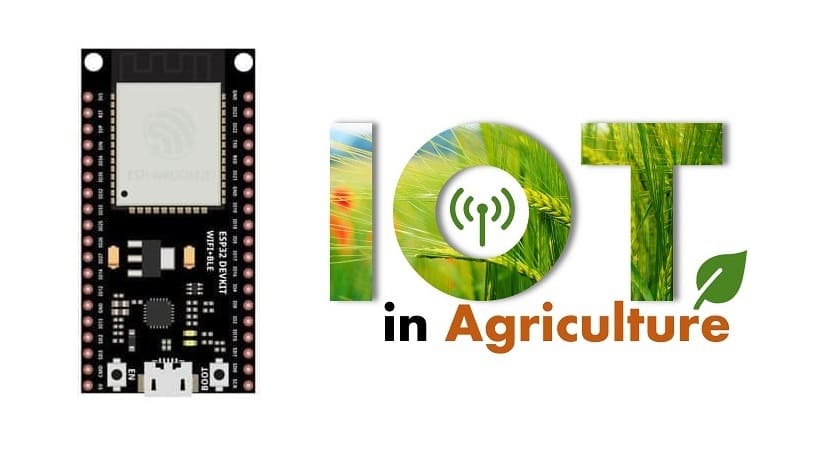
Tutoriel plan
1- What is IoT connected smart agriculture ?
2- Necessary equipment
3- The objective of the project
4- Mounting the system components
5- Programming the ESP32 card with Micropython
What is IoT connected smart agriculture ?
IoT-Connected Smart Agriculture refers to the integration of Internet of Things (IoT) technologies into agricultural practices to improve efficiency, productivity, and sustainability. By using interconnected devices, sensors, and systems, smart agriculture enables farmers to monitor and manage their fields, crops, and livestock in real time, making data-driven decisions for optimal resource utilization and yield.
Key Components of IoT-Connected Smart Agriculture
1. IoT Devices and Sensors:
Collect real-time data on environmental conditions like soil moisture, temperature, humidity, light intensity, and crop health.
2. Connectivity:
Devices are connected via Wi-Fi, Bluetooth, LoRaWAN, cellular networks, or satellite communication for seamless data transmission.
3. Cloud Platforms:
Store and analyze the data collected from sensors, enabling advanced analytics and predictive modeling.
4. Actuators:
Perform actions like opening irrigation valves, turning on lights, or activating pest control systems based on sensor inputs.
5. Mobile and Web Applications:
Provide user-friendly interfaces for farmers to access and manage data, control devices, and receive alerts.
6. Automation Systems:
Enable autonomous operations such as robotic harvesting, automated irrigation, and fertilization.
Applications of IoT in Smart Agriculture
1. Precision Farming:
Use of sensors and IoT devices to monitor soil conditions, crop health, and environmental factors, allowing for precise application of water, fertilizers, and pesticides.
2. Smart Irrigation:
IoT-based irrigation systems use soil moisture and weather data to provide water only when and where needed, reducing water waste.
3. Livestock Monitoring:
Wearable IoT devices track livestock health, location, and activity, helping farmers ensure animal well-being and productivity.
4. Greenhouse Automation:
Sensors and controllers manage greenhouse conditions like temperature, humidity, and light, optimizing plant growth.
5. Crop Health Monitoring:
IoT-enabled drones and ground-based sensors detect pest infestations, diseases, and nutrient deficiencies early.
6. Supply Chain Management:
IoT devices track the storage, transportation, and condition of produce to reduce waste and improve quality assurance.
The objective of the project
The objective of Smart Agriculture connected to IoT and controlled by ESP32, soil sensors, and ThingSpeak is to create a system that allows farmers to remotely monitor and manage soil conditions, optimize resource use (like water and fertilizer), and improve crop yield through data-driven decisions. By integrating these technologies, the system automates the monitoring of environmental parameters and offers insights through the cloud, enhancing farm management.
System Workflow
1. Soil Sensor Data Collection:
The soil sensors collect data on soil moisture, temperature, and pH and send it to the ESP32.
2. Data Transmission to ThingSpeak:
The ESP32 sends the data to ThingSpeak via Wi-Fi.
The data is then processed and displayed on the ThingSpeak dashboard in real time.
3. Decision Making:
Based on the collected data, the system can trigger actions like:
- Turning on irrigation when moisture levels are low.
- Sending an alert to the farmer if conditions are out of range (e.g., high temperature or low pH).
4. Farmer’s Access:
The farmer can access the ThingSpeak dashboard through a mobile app or web browser to monitor the farm’s soil conditions.
They can make manual adjustments to the system or let it operate autonomously.
Necessary equipment
ESP32 Microcontroller
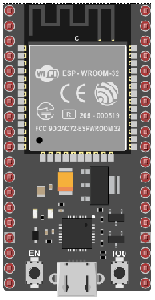
Acts as the central controller, connecting the soil sensors to the cloud.
Soil Sensors
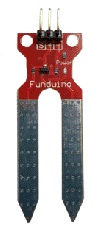
Measures the amount of moisture in the soil, critical for irrigation control.
ThingSpeak Platform

Cloud platform used to store and visualize data from the soil sensors.
Mounting the system components
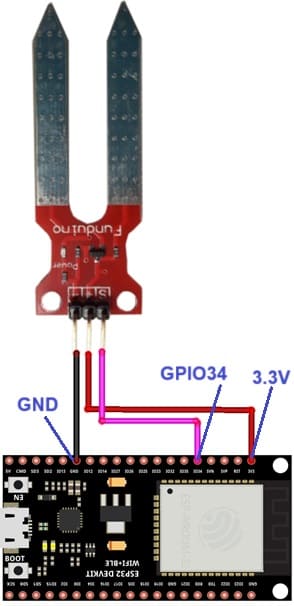
For the soil sensor we connect :
- pin S to pin D34 of the ESP32 board
- pin (+) to pin 3.3V of the ESP32 board
- pin (-) to the GND pin of the ESP32 board
Programming the ESP32 card with Micropython
Here’s a simple example of how the ESP32 can read soil moisture and send it to ThingSpeak:
|
1 2 3 4 5 6 7 8 9 10 11 12 13 14 15 16 17 18 19 20 21 22 23 24 25 26 27 28 29 30 31 32 33 34 35 36 |
from simple import MQTTClient import network import time from time import sleep from machine import Pin,ADC import dht WiFi_SSID = "username" WiFi_PASS = "password" SERVER = "mqtt.thingspeak.com" client = MQTTClient("umqtt_client", SERVER) CHANNEL_ID = "*************" WRITE_API_KEY = "*************" pin_sol = ADC(Pin(34)) pin_sol.atten(ADC.ATTN_11DB) def do_connect(): wlan = network.WLAN(network.STA_IF) wlan.active(True) if not wlan.isconnected(): print('connecting to network...') wlan.connect(WiFi_SSID, WiFi_PASS) while not wlan.isconnected(): pass print('network config:', wlan.ifconfig()) do_connect() time.sleep(3) topic = "channels/" + CHANNEL_ID + "/publish/" + WRITE_API_KEY while True: humidite_value = pin_sol.read() payload = "field1="+str(humidite_value) client.connect() client.publish(topic, payload) #send temperature and humidity values to thingspeak.com client.disconnect() time.sleep(60) |

